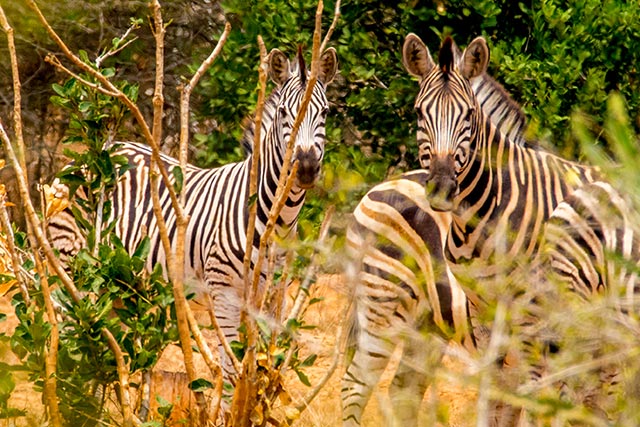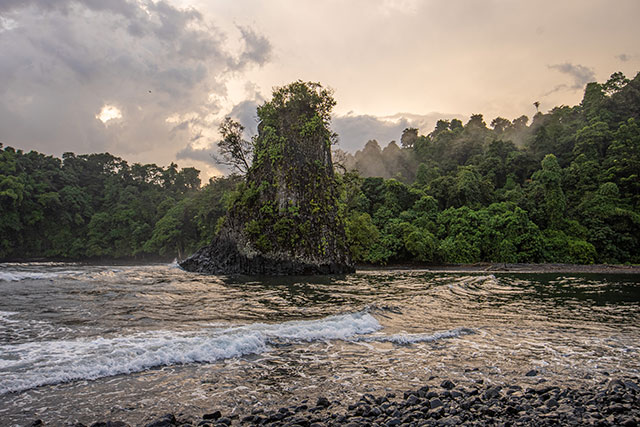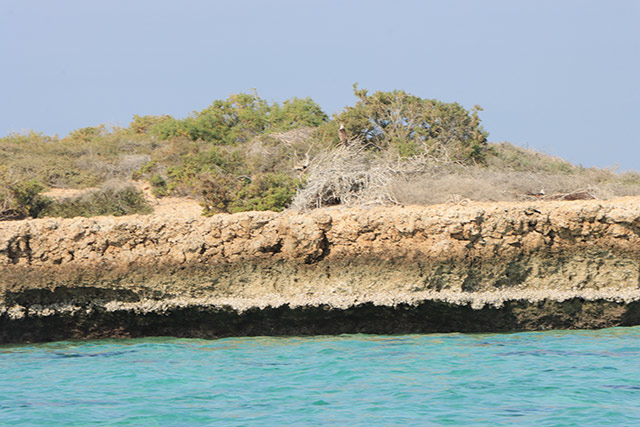In a landmark move for global conservation, the United Nations Educational, Scientific and Cultural Organization (UNESCO) has designated 26 new biosphere reserves across 21 countries.
This significant expansion, announced in Hangzhou, China, on September 27, 2025, is the largest in two decades and brings the total number of sites in the World Network of Biosphere Reserves to 785 in 142 countries.
This historic decision adds one million square kilometers of natural areas to the network since 2018, an area equivalent to the size of Bolivia. The network now protects 5% of the planet, directly benefiting the nearly 300 million people who reside in these unique regions.
6 new countries with biosphere reserves
The expansion marks a pivotal moment, with six nations—Angola, Djibouti, Equatorial Guinea, Iceland, Oman, and Tajikistan—welcoming their very first biosphere reserves. In a particularly noteworthy designation, the entire territory of São Tomé and Príncipe is now a biosphere reserve.
UNESCO’s biosphere reserves are more than just protected areas; they are “living laboratories” dedicated to harmonizing the conservation of biodiversity with its sustainable use. These sites are crucial for protecting a significant portion of global biodiversity, including over 60% of terrestrial vertebrate species and vital coastal ecosystems. They serve as pillars for sustainable development, fostering community-led initiatives and innovative solutions that balance environmental protection with local livelihoods.
Angola – Quiçama (Source: Shutterstock) |
Äquatorialguinea – Isla de Bioko (© Justin Jay) |
Dschibuti – Archipel des 7 frères (Source: UNESCO) |
Island – Snaefellsnes (Source: Shutterstock) |
Oman – Al Jabal Al Akhdar (© Al Jabal Al Akhdar Biosphere) |
Tadschikistan – Romit (© Zack Knowles) |
During the 5th World Congress of Biosphere Reserves, UNESCO Director-General Audrey Azoulay emphasized the program’s momentum and its critical role in addressing climate challenges. “Within these reserves, new ways of balancing nature conservation with sustainable livelihoods are being forged every day,” she stated.
This expansion is a significant step towards achieving the Kunming-Montreal global target of conserving 30% of the Earth’s land and sea by 2030. With a forward-looking vision, UNESCO has called upon every member state to establish at least one biosphere reserve by 2035, reinforcing the global commitment to building a sustainable future for both people and nature.









